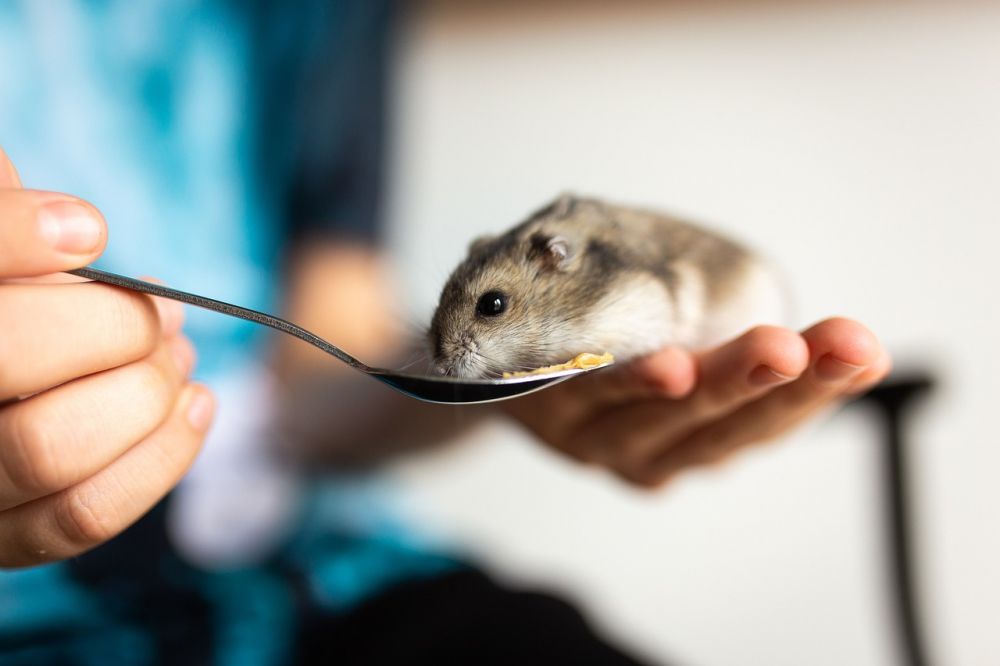Sand hamsters: A Comprehensive Guide to These Fascinating Creatures

Sand Hamsters: A Comprehensive Guide to These Fascinating Creatures
Introduction:

Sand hamsters, also known as desert hamsters, are small rodents that are native to desert regions around the world. These adorable creatures have captivated the hearts of many pet enthusiasts due to their unique adaptations and charming personalities. In this article, we will provide an in-depth overview of sand hamsters, exploring their characteristics, types, popularity, quantitative measurements, differences between various species, and a historical review of the advantages and disadvantages of owning different sand hamster breeds.
Understanding Sand Hamsters
Sand hamsters, scientifically known as Psammomys obesus, are rodents belonging to the family Cricetidae. They have distinct features that allow them to thrive in arid environments. These hamsters are small in size, ranging from 4 to 6 inches in length, with a fluffy tail and large, round eyes. Their sandy brown fur helps them blend seamlessly into their desert habitats, providing camouflage from predators.
Types of Sand Hamsters
There are several types of sand hamsters, each with unique characteristics and traits. The most popular types include the golden sand hamster, the Turkish sand hamster, and the Algerian sand hamster. The golden sand hamster is known for its golden-colored fur and docile nature, making it a sought-after pet. The Turkish sand hamster, on the other hand, has a more active temperament and is known for its agility. Lastly, the Algerian sand hamster is larger in size compared to other breeds and requires more space to roam.
Quantitative Measurements of Sand Hamsters
When it comes to quantifying the characteristics of sand hamsters, there are several factors to consider. The average weight of an adult sand hamster ranges between 40 to 60 grams, while their lifespan typically spans from 2 to 3 years in captivity. Additionally, these creatures are known for their burrowing abilities. They can dig tunnels up to 3 feet in length, creating intricate underground homes.
Differences Between Sand Hamster Species
While all sand hamsters share similar adaptations to desert environments, there are notable differences between species. For instance, the golden sand hamster tends to be more social and enjoys human interaction, making it an ideal choice for families with children. On the other hand, the Turkish sand hamster is more independent and requires ample space to explore and exercise. Understanding these differences can help potential owners choose the right type of sand hamster that aligns with their preferences and lifestyle.
A Historical Review of Sand Hamster Pros and Cons
Throughout history, the ownership of different sand hamster breeds has come with its own set of advantages and disadvantages. In the past, owning a sand hamster was regarded as a symbol of wealth and status, as they were relatively rare and exotic pets. However, the limited availability of specialized care and knowledge often led to challenges in properly maintaining their health and well-being. Today, with the advancements in veterinary care and widespread information on proper hamster care, owning a sand hamster has become more accessible and manageable for enthusiasts.
Conclusion:
In conclusion, sand hamsters are fascinating creatures that have captured the hearts of many due to their unique adaptations and charming personalities. From their desert habitats to their diverse breeds, sand hamsters continue to fascinate and delight pet owners worldwide. Understanding the characteristics, types, quantitative measurements, differences between species, and historical pros and cons of sand hamster ownership can provide valuable insights for anyone considering these delightful rodents as pets. With proper care and attention, sand hamsters can bring joy and companionship to private individuals looking for a furry friend.
















































